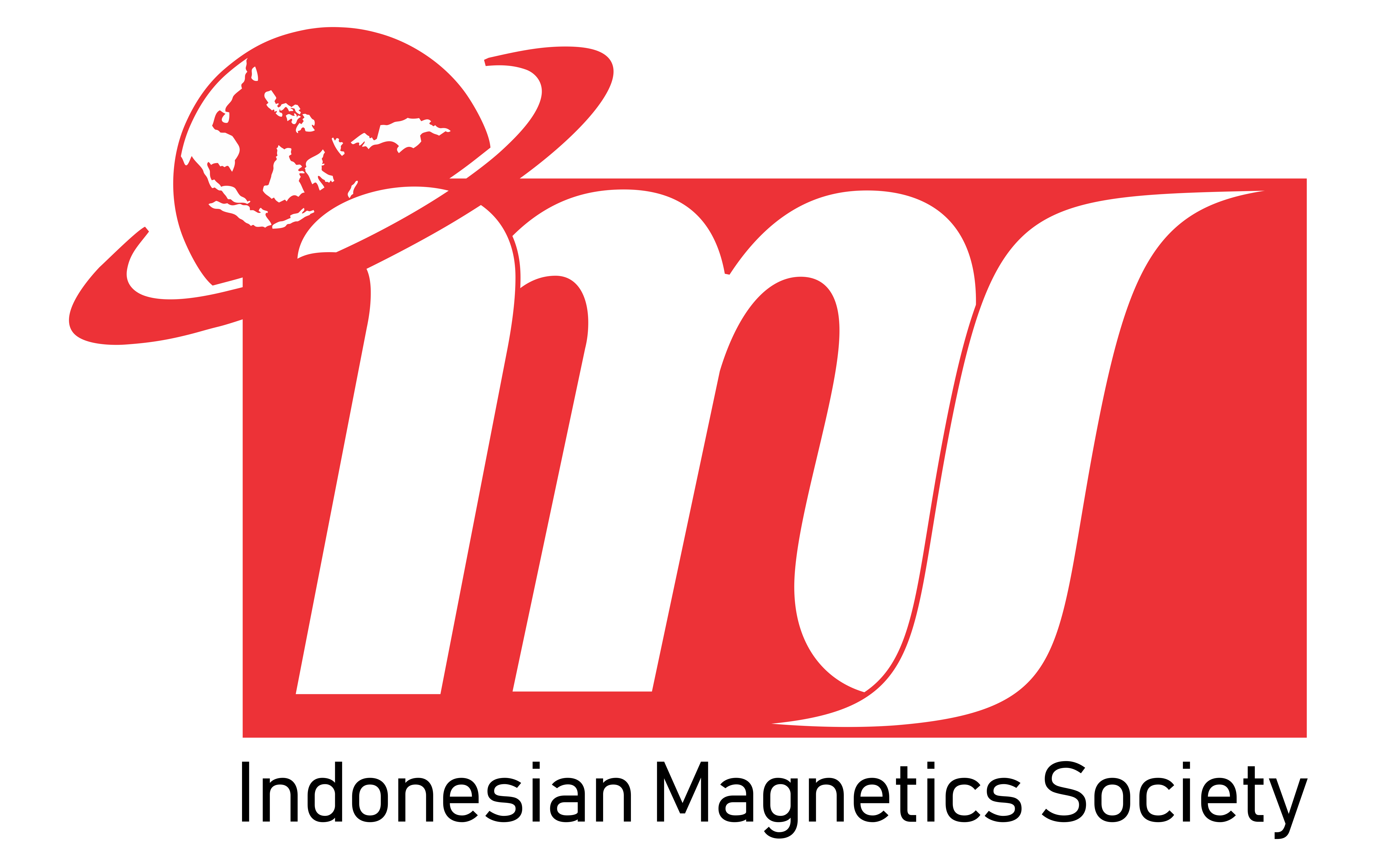Measurement of Specific Heat of Organic Materials Using Non-Isolating Container and Arduino
Abstract
This study reports a novel method for specific heat measurements of organic materials namely potaoes, quinces and radishes. The method proposed in this work is novel in the sense that it employs a non-isolated container and an Arduino microprocessors. The actual measurements are simply managed by placing the organic materials within hot water in a non-isolating container and by monitoring the temperature and time by means of Arduino UNO microprocessor. The heat leakage due to the non-isolated container is determined by using the heat versus time graph of the system and by mathematically modeling the temperature decrease by the time due to the heat exchange between the hot water and the environment. The measurements have revealed that the relative errors for the measurements are approximately % 4.75 for potatoes, % 21.50 for radishes and % 1.30 for quinces. The approach described in this work is inexpensive, very easy to apply and can potentially be beneficial for basic physics, science and engineering research activities.
Keywords
Full Text:
PDFReferences
Aghbashlo, M., Kianmehr, M. H., & Hassan-Beygi, S. R. (2008). Specific heat and thermal conductivity of berberis fruit (Berberis vulgaris). American Journal of Agricultural and Biological Sciences, 3(1), 330-336.
Alwan, A. A. (2011). Misconception of heat and temperature among physics students. Procedia-Social and Behavioral Sciences, 12, 600-614.
Barrow, G.: 1988, Thermodynamics Should be Built on Energy, Not on Heat and Work, J. Chem. Edu. 65(2), 122–125.
Chen, C. S. (1985). Thermodynamic analysis of the freezing and thawing of foods: Enthalpy and apparent specific heat. Journal of food science, 50(4), 1158-1162.
Deslauriers, L., Schelew, E., & Wieman, C. (2011). Improved learning in a large-enrollment physics class. Science, 332(6031), 862-864.
Fishbane, PM, Gasiorowicz, S., & Thornton, ST (2003). Fundamental Physics–Volume I.
Galeriu, C., Edwards, S., & Esper, G. (2014). An Arduino investigation of simple harmonic motion. The Physics Teacher, 52(3), 157-159.
Hwang, M. P., & Hayakawa, K. I. (1979). A specific heat calorimeter for foods. Journal of Food Science, 44(2), 435-448.
Kittel, C. (2005). Introduction to solid state physics, John Wiley & Sons. Inc., Sixth edition,(New York, 1986).
Lewis, E. L. & Linn, M. C. (1994). Heat energy and temperature concepts of adolescents, adults, and experts: Implications for curricular improvements. Journal of Research in Science Teaching, 31, 657-677.
Lohajinda, N., Pathumsara, K., & Teeka, C. (2019). Teaching specific heat using learning by laboratory activity. In AIP Conference Proceedings (Vol. 2081, No. 1, p. 030016). AIP Publishing LLC.
Marioni, C. (1989). Aspect of Student’s Understanding in Classroom Setting: Case Studies on Motion and Intertia. Physics Education. 24, 273 – 277.
Oliveira, J. M., Lessio, B. C., Morgante, C. M., Santos, M. M., & Augusto, P. E. D. (2012). Specific heat (Cp) of tropical fruits: cajá, cashew apple, cocoa, kiwi, pitanga, soursop fruit and yellow melon. International Food Research Journal, 19(3), 811.
Organtini, G. (2018). Arduino as a tool for physics experiments. In Journal of Physics: Conference Series (Vol. 1076, No. 1, p. 012026). IOP Publishing.
Petry C. A, Pacheco F S, Lohmann D, Correa G. A. and Moura P. (2016) Project teaching beyond Physics: Integrating Arduino to the laboratory 2016, Technologies Applied to Electronics Teaching (TAEE) 1-6.
Prensky, M. (2005). Listen to the natives. Educational Leadership, 63(4), 8-13.
Sears, F.W, Zemansky M.W.& Young, H.D. College physics. (Addison Wesley Publishing Company, 1974)
Serway, R. A., & Jewett, J. W. (2018). Physics for scientists and engineers. Cengage Learning.
Sonawane, A., Pathak, S. S., & Pradhan, R. C. (2020). Physical, thermal, and mechanical properties of bael fruit. Journal of Food Process Engineering, 43(6), e13393.
Sözbilir, M. (2003). A review of selected literature on students’ misconceptions of heat and temperature. Boğaziçi Üniversitesi Eğitim Dergisi, 20(1), 25-41.
Veloo, A., Nor, R., & Khalid, R. (2015). Attitude towards physics and additional mathematics achievement towards physics achievement. International Education Studies, 8(3), 35-43. doi:10.5539/ies.v8n3p35
Viennot, L.: 1998, ‘Experimental Facts and Ways of Reasoning in Thermodynamics: Learners’ Common Approach’, in A Tiberghien, E.L. Jossem and J. Barojas (eds.), Connecting Research in Physics Education with Teacher Education, The International Commission on Physics Education, 1998 (http://www.physics.ohio-state.edu/ jossem/ICPE/BOOKS.html).
Vilia, P., & Candeias, A. A. (2020). Attitude towards the discipline of physics-chemistry and school achievement: revisiting factor structure to assess gender differences in Portuguese high-school students. International Journal of Science Education, 42(1), 133-150. doi:10.1080/09500693.2019.1706012.
Wieman, C., & Perkins, K. (2005). Transforming physics education. Physics today, 58(11), 36.
Refbacks
- There are currently no refbacks.







